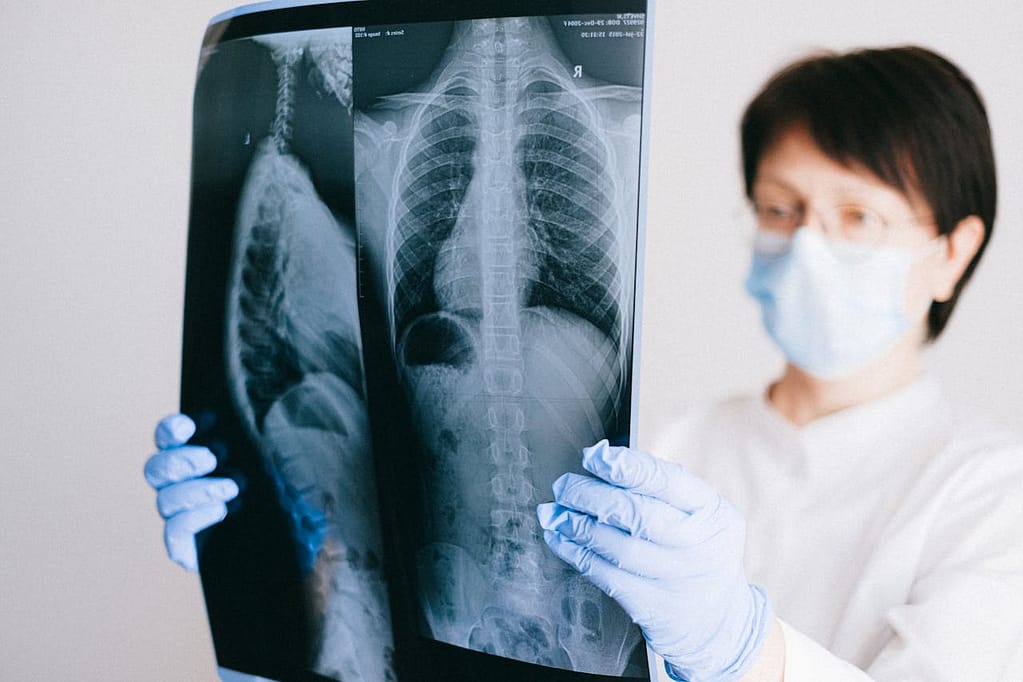Title: Degenerative Lumbar Spine
Institution: University of Utah School of Medicine
Key Focus: The impact of lumbar spine curvature and alignment on degenerative spine conditions.
Key Points:
- Normal Lumbar Spine Curvature:
- The lumbar spine typically has a natural lordotic curve, which is essential for evenly distributing mechanical loads across the spine.
- This curvature helps maintain balance and absorb shock during movement.
- Degenerative Changes:
- Degenerative changes in the lumbar spine include disc height loss, endplate sclerosis, osteophyte formation, and facet joint arthropathy.
- These changes are often detected through radiographic imaging and are characterized by straightening or loss of the normal lumbar lordosis.
- Abnormal Motion and Alignment:
- Anterolisthesis (forward displacement of a vertebra) and retrolisthesis (backward displacement) are indicative of abnormal vertebral motion, which can occur when the normal alignment is disrupted.
- Flexion and extension radiographs can reveal these abnormal motions, which are significant in diagnosing and managing spinal conditions.
- Clinical Implications:
- Loss of lumbar lordosis and abnormal vertebral alignment can lead to increased mechanical stress on the spine, contributing to pain and functional impairment.
- Proper lumbar alignment is crucial in preventing the progression of degenerative changes and maintaining spinal health.
- Radiographic Evidence:
- Radiographic imaging is essential in diagnosing degenerative conditions and assessing the extent of lumbar spine curvature abnormalities.
- Findings such as straightening of the lumbar lordosis, vertebral body height maintenance, and the presence of osteophytes and facet arthropathy help clinicians develop appropriate treatment plans.
Conclusion:
Maintaining proper lumbar spine curvature and alignment is critical in preventing degenerative changes and associated symptoms. Radiographic imaging plays a vital role in diagnosing these conditions, helping clinicians provide effective management strategies to preserve spinal health.
